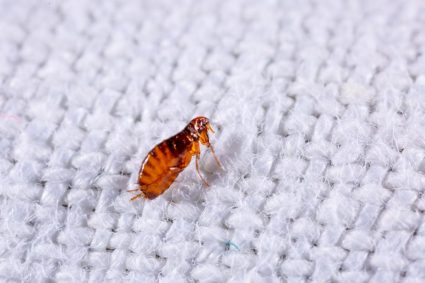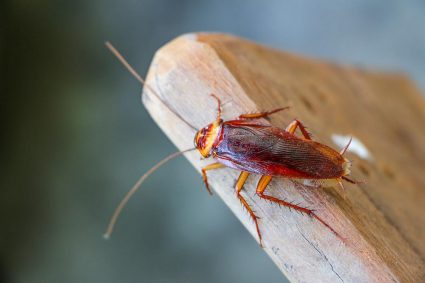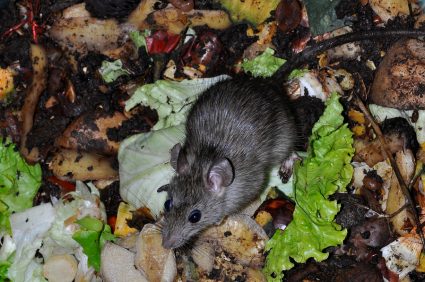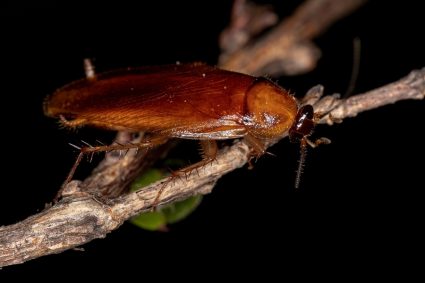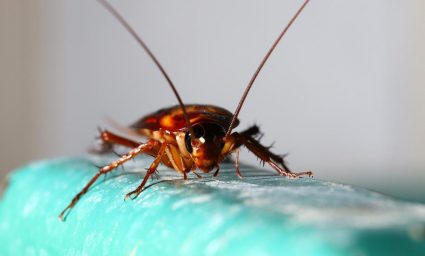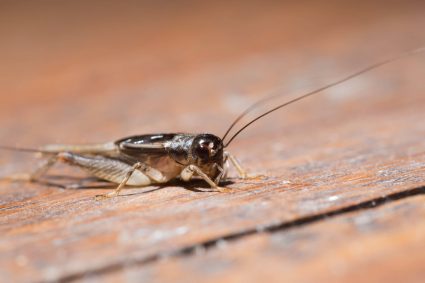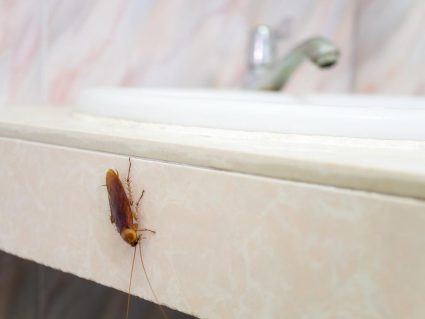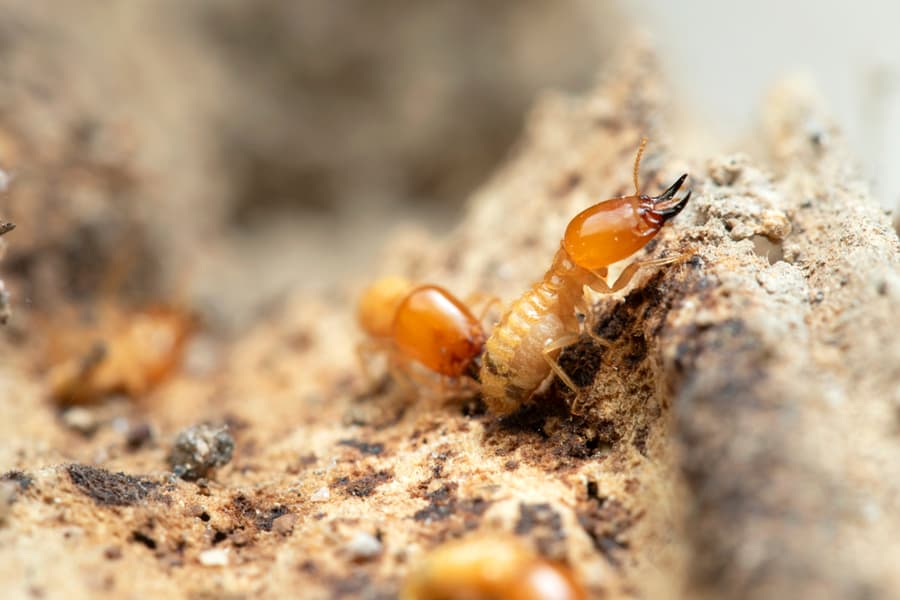
Termite infestations are a nightmare to homeowners, resulting in millions of dollars of property damage in the United States annually.
We dealt with a budding termite infestation a year after moving to our new home. One of the key signs that gave away their discrete presence was coming across termite droppings or frass.
We quickly did our research and confirmed that they were termite droppings. We also looked around the house closely, identifying other signs of termite infestations.
Since we wanted to avoid taking any chances with termites, we hired a professional pest exterminator who helped us eliminate the infestation.
The first thing to do after spotting termite droppings is to confirm that they are termite droppings alongside other signs of termite activity, such as swarming, holes on wooden surfaces, strange clicking sounds, and the paint on wooden walls peeling off or bubbling.
After confirming a termite presence, consult a pest exterminator immediately to treat the house for termites.
Let’s learn what termite droppings look like, other signs of termite infestations, and what to do after finding termite droppings.
What Termite Droppings Look Like
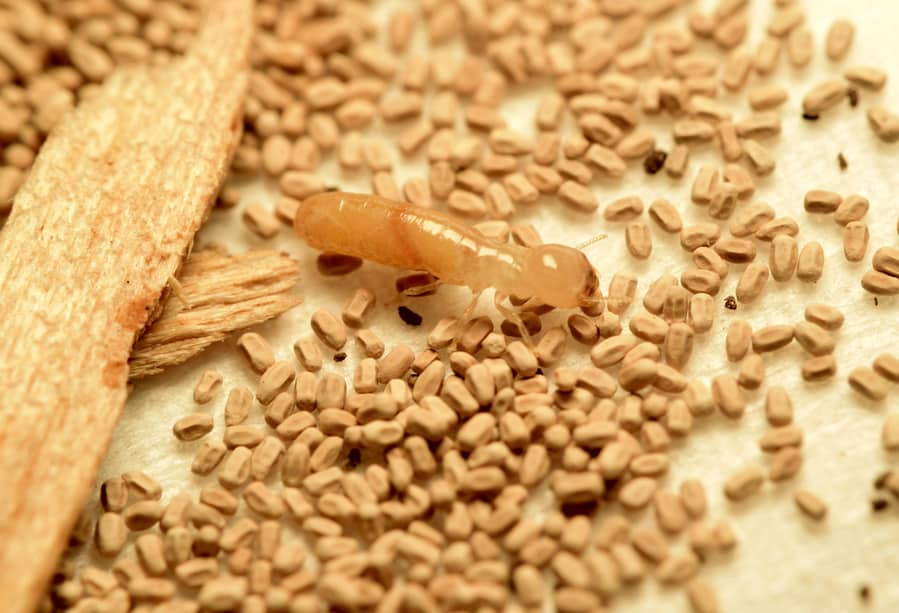
Termite droppings or “termite frass” are tiny oval-shaped pellets that look like sawdust, pepper, or dirt. The color of termite droppings usually varies according to the wood termites have been feasting on.
Using a magnifying glass, observe the pellets closely to differentiate between termite frass and similar debris, such as sawdust. If particles have six sides with rounded edges, they are termite droppings.
Drywood termites and subterranean termites usually infest most houses. They leave their droppings in different ways since they have different lifestyles. Therefore, differentiating between their droppings helps deal with them more effectively.
1. Drywood Termite
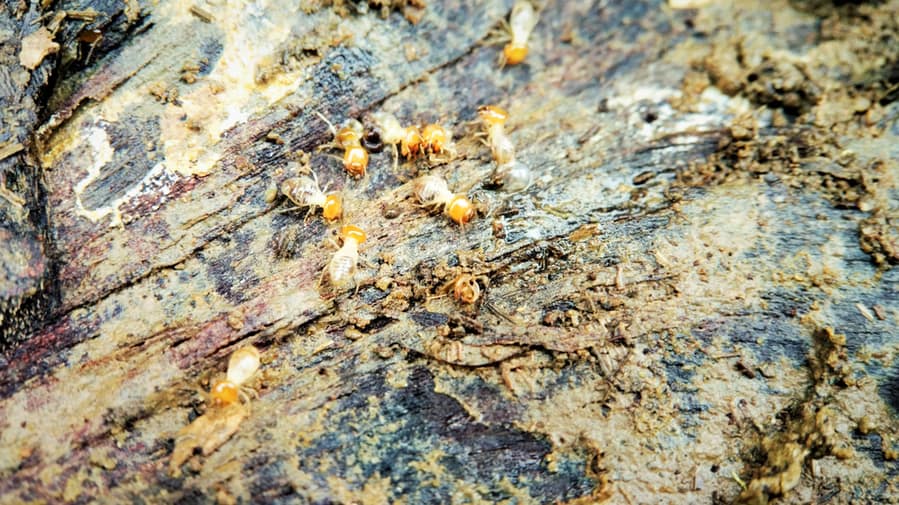
These hungry bugs create nests in wooden structures such as walls and furniture.
Pairs of drywood termites drill into the wood, burrow their nests and seal themselves in until their young are mature enough to leave the nest. During this time, they feed on the wood.
However, before the pair seals them inside the nest, they push their droppings and debris out to make up more space, creating small mounds of pellets or frass.
Therefore, spotting piles of termite frass signifies a drywood termite infestation.
2. Subterranean Termite
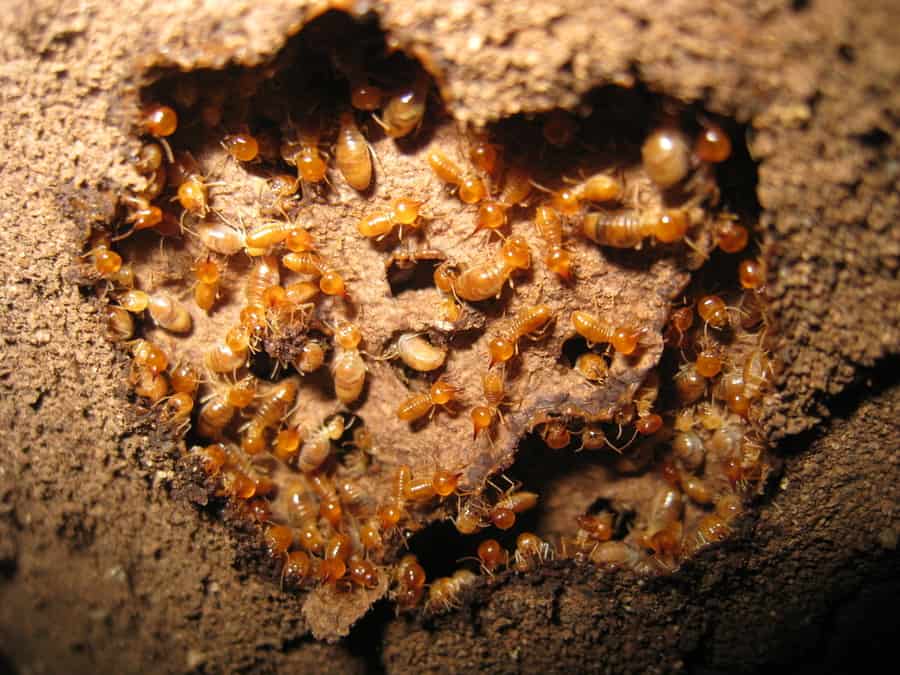
These are stealthy insects that generally leave very few signs of their existence. They are also the most damaging of termite species.
Subterranean termites create tunnels to connect themselves to the ground and for transportation. They use their droppings and mud to build sophisticated networks of mud tubes and nests inside the wooden structures they infest.
As a result, they do not leave their droppings around, making it difficult to identify their presence.
The best way to identify a subterranean termite infestation is to observe mud tubes or termite highways extending from the ground beneath the foundation to other house areas.
3. Dampwood Termite
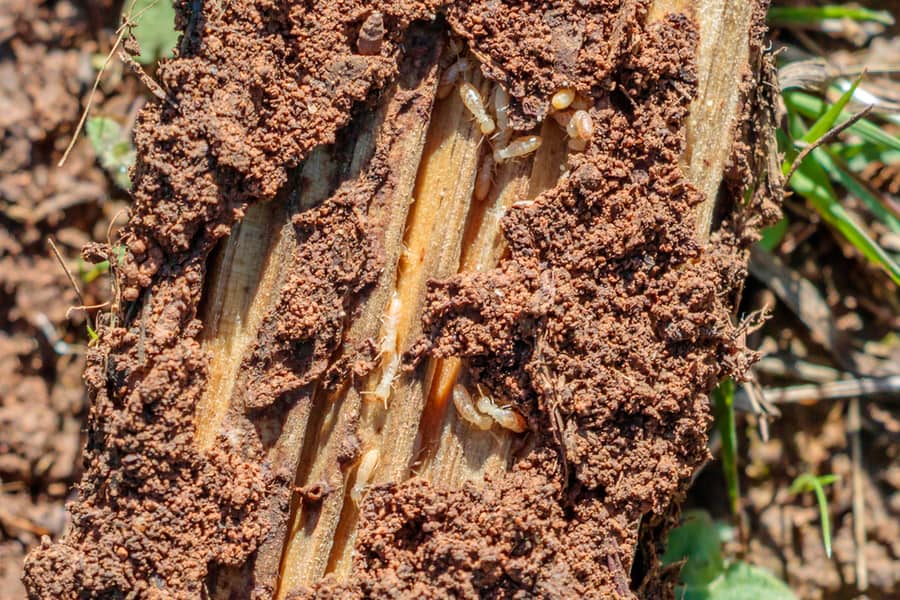
This type of termite prefers moist surroundings, infesting damp or rotting wood. They use their feces to seal them off from dry air.
As a result, it is uncommon to observe their droppings unless the wood dries out, causing the termite pellets to fall.
Termite frass is generally not harmful to humans and pets. However, significant exposure and direct contact can cause skin and eye irritations and trigger asthma.
Other Signs of Termite Infestations
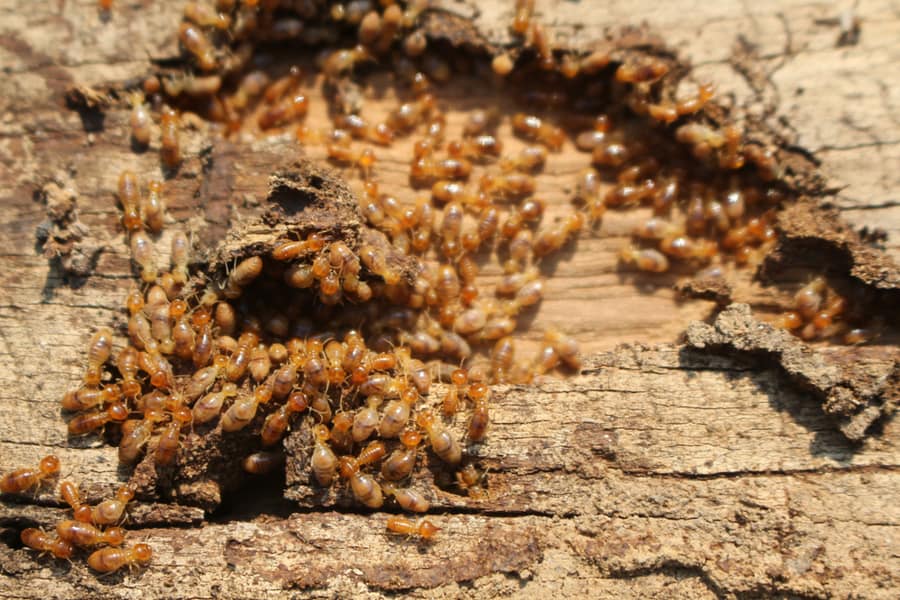
Finding termite droppings is a telltale sign of a termite infestation, most probably associated with drywood termites.
Here are some other signs that confirm the existence of a termite problem:
1. Signs of Swarming

Seeing piles of fallen wings is an unmistakable sign of a termite infestation.
When a batch of young termites reaches adulthood, they fly away from their colony in search of a new home.
Once they find a suitable location for a new settlement, they shed their wings and move in.
Therefore, spotting scattered piles of wings signifies a termite invasion.
2. Holes on Wooden Surfaces
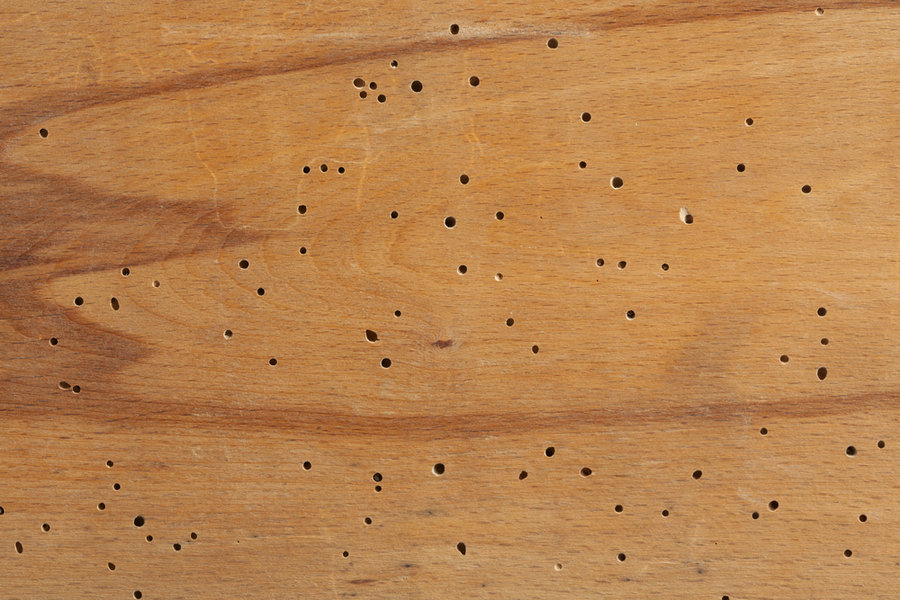
Drywood termites enter wood by boring tiny holes in them.
They will then start building their colony and seal the opening.
These holes are sometimes visible on wooden surfaces, indicating the threat of a termite colony.
3. Paint Peeling Off or Bubbling
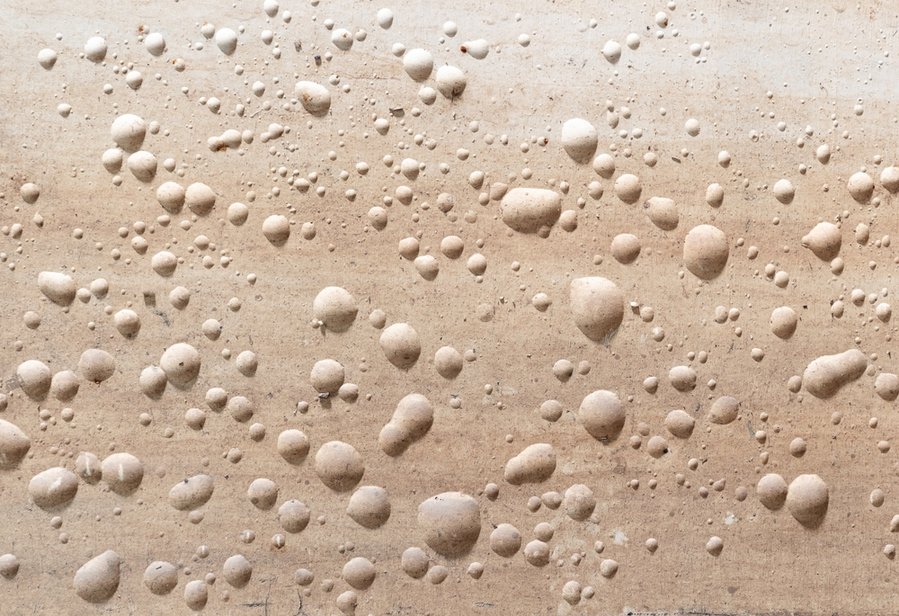
Termite damage to drywalls traps moisture between the wall and the paint, leading to the paint peeling off or bubbling.
Although this could happen for many reasons, termites might be the root cause if other signs of termites are evident.
4. Clicking Sounds
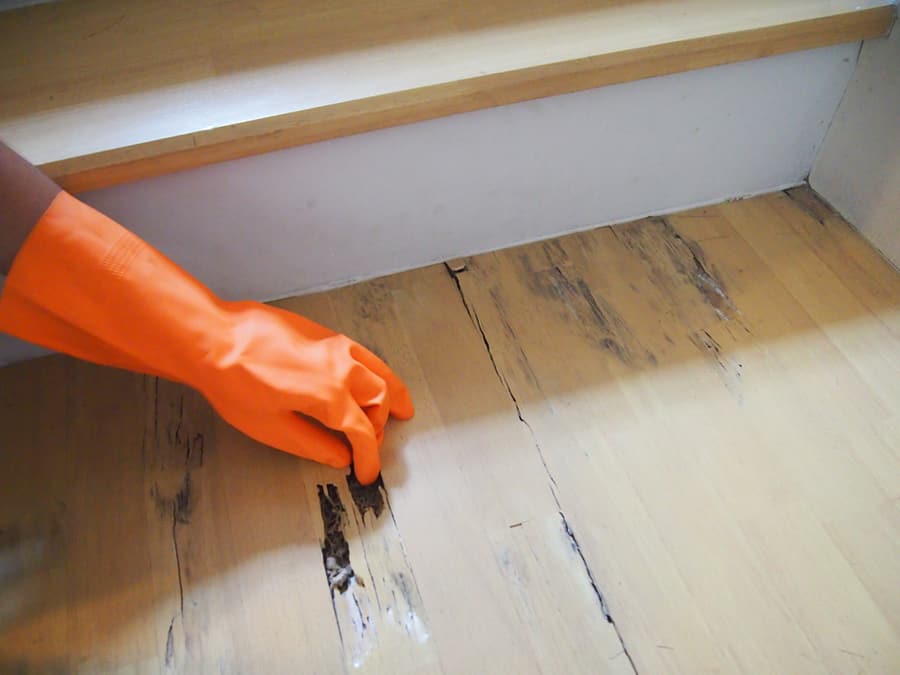
When termites sense a threat, they bang their heads against the wood, creating strange clicking sounds.
Frequently hearing such clicking noises reveals the presence of a termite colony behind the walls.
5. Mud Tubes
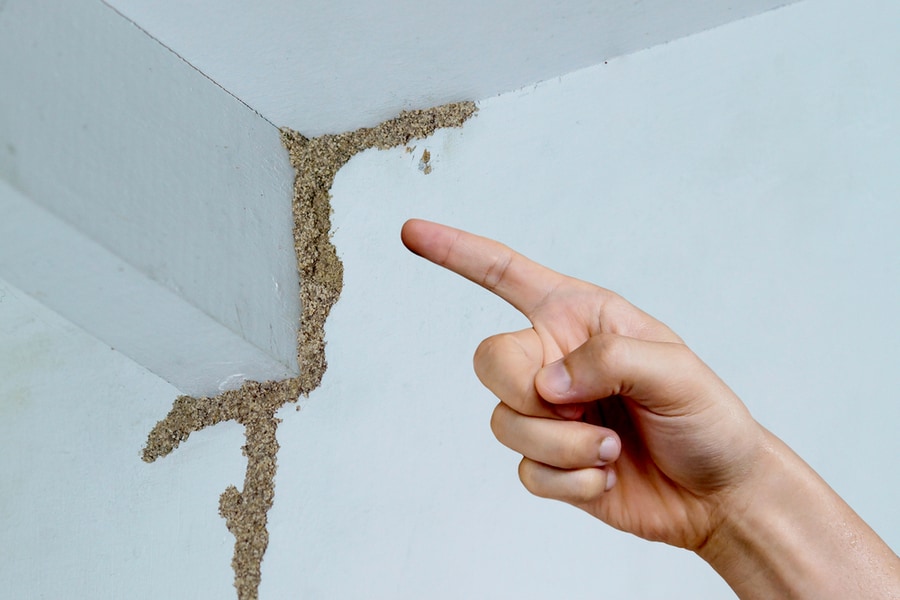
Unlike their dry and damp wood cousins, subterranean termites need a connection to the ground for survival.
They use networks of termite highways consisting of mud tunnels to access the ground and other colony areas.
Coming across such termite mud tunnels indicates a subterranean termite infestation.
6. Spotting Live Termites

While termites prefer to operate behind the scenes, they sometimes cross paths with humans. However, many homeowners mistake them for ants.
Get to know of a termite threat by looking for termites and identifying them by their thick mid-sections, even rear wings, and straight antennae.
What To Do After Finding Termite Droppings
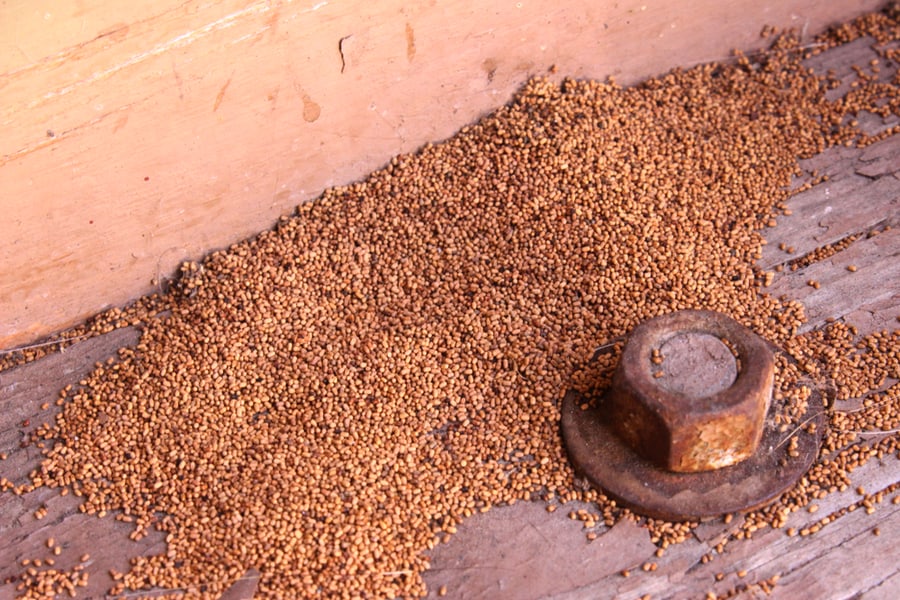
Once I was sure that the tiny dirt mounds were, in fact, termite frass, I took immediate measures to find further evidence and plan a course of action to save my house from termites.
Here are some essential steps to take upon finding termite droppings:
1. Contact a Pest Exterminator
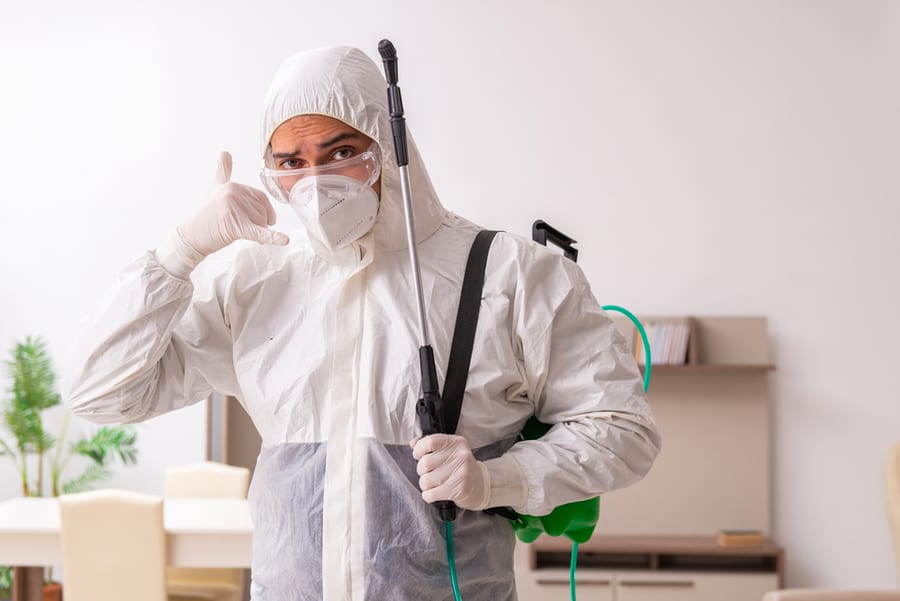
I didn’t want to waste any time due to the gravity of the situation. Therefore, I called a pest control service and explained the situation, scheduling an inspection the next day.
Pest exterminators usually conduct a thorough inspection, analyze the damage and the infestation, identify the species involved, and create a treatment plan to eliminate them.
Treatment methods exterminators use against termites include liquid or foam termiticides, various bait traps, spot treatment, fumigation, and heat treatment.
2. Investigate Further

Leave the termite pellets undisturbed and thoroughly investigate for further signs of an infestation. More evidence will help the pest exterminator quickly inspect, analyze, and plan a course of action to eliminate the termites.
Since a substantial amount of droppings suggest a drywood termite problem, I inspected wooden surfaces, looking for bores or holes.
Floorboards, porches and patios, furniture, underneath carpeting, corners of walls and ceilings, door and window frames, attics, and crawlspaces are some common areas drywood termites establish colonies.
How To Safely Remove Termite Droppings
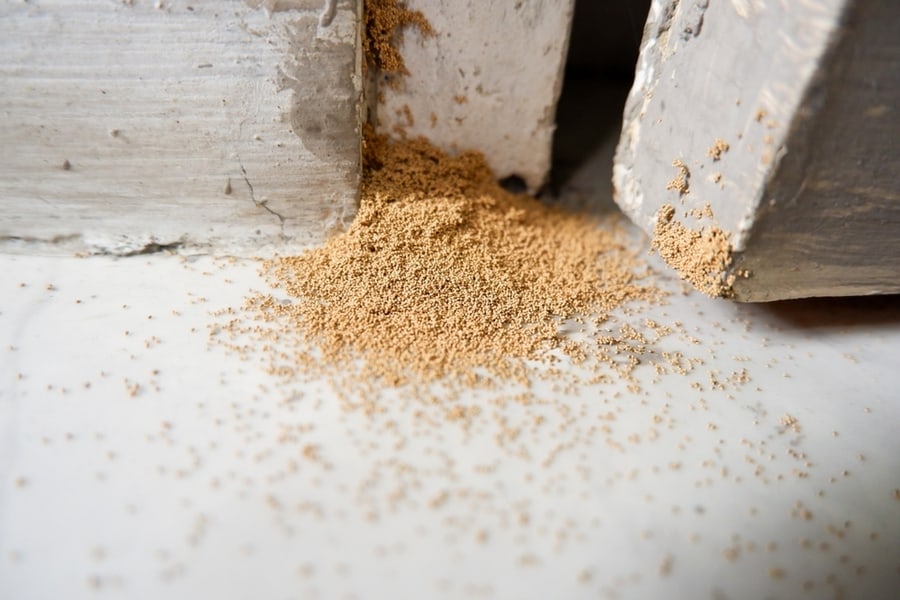
Avoid cleaning up termite frass before the pest exterminator arrives since it helps their investigation.
The pest control technician will also safely remove any termite droppings they discover during the inspection.
However, coming across more termite pellets before pest exterminators start their treatment calls for safe removal.
1. Allow Fresh Air In

Start by making sure the area is well-ventilated by opening doors and windows.
This helps flush out any bacteria left in the termite droppings.
Let the area ventilate for half an hour before cleaning up the termite frass.
2. Wear Protective Gear
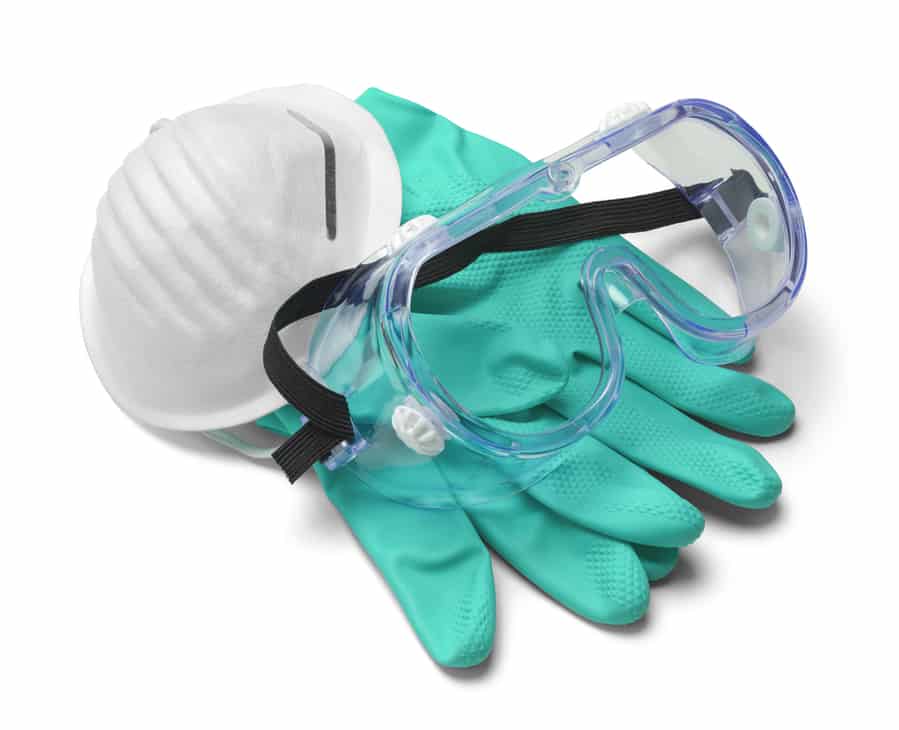
Termite frass can cause skin, eye, and respiratory irritations.
Therefore, wear plastic gloves, goggles, and a mask to prevent exposure to germs and allergens.
3. Remove the Termite Frass
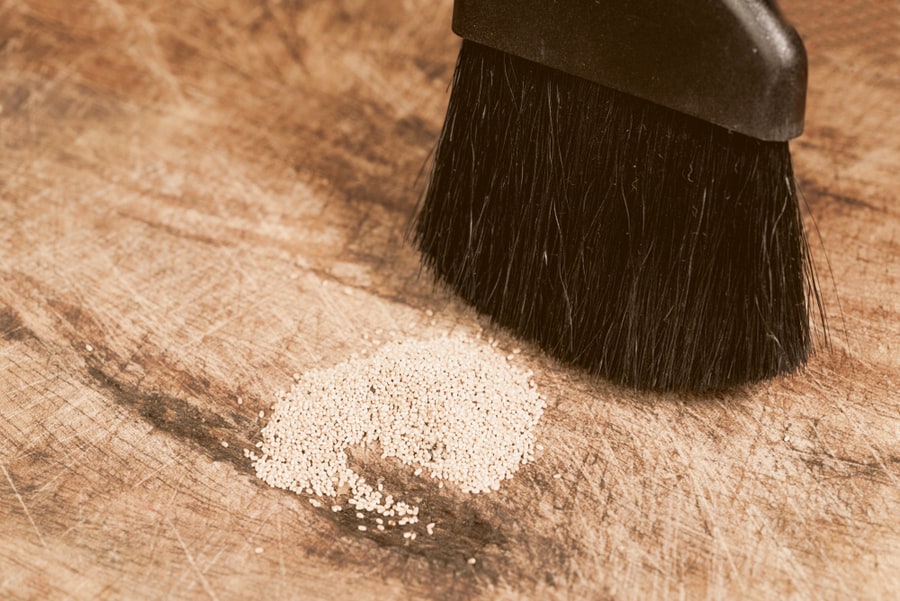
Sweep and collect the termite droppings using a broom or dustpan.
A convenient alternative is to vacuum the frass.
Remember to use a disposable vacuum cleaner bag and safely dispose of it.
4. Spray and Mop the Area
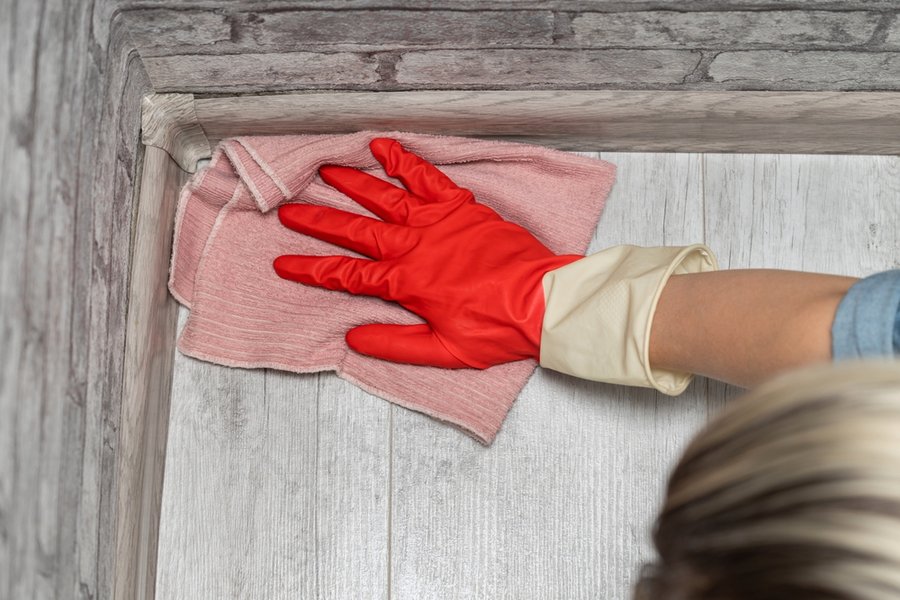
Remove any harmful germs, bacteria, and allergens by spraying the area thoroughly with a disinfectant and mopping the area a few times with hot water.
5. Disinfect the Area and Equipment
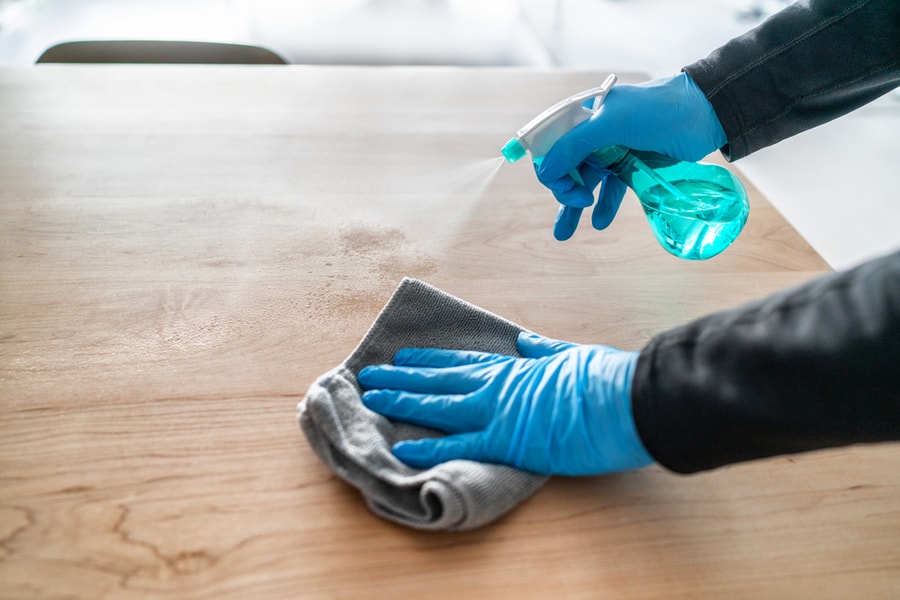
Traces of germs, bacteria, and allergens can remain in the equipment and clothing used for cleaning up termite frass.
Therefore, disinfect all equipment and clothing. Safely dispose of the gloves and mask worn while removing termite frass.
I also recommend taking a warm shower after getting the job done.
Conclusion
Finding termite droppings is generally an unmistakable sign of a termite infestation.
Given how termites can rapidly damage houses and buildings, any indication of termite activity requires immediate action.
Therefore, quickly confirm that the suspicious dirt is termite frass and consult a professional pest control service to eliminate the infestation to prevent termites from causing severe damage to the infested structure.
Frequently Asked Questions
What Does It Mean When You See Termite Droppings?
Termite droppings are a telltale sign of termites nesting inside a house or building.
Therefore, closely observe the debris to confirm they are termite pellets and schedule an inspection with a professional pest exterminator to avoid serious property damage.
What To Do if You See Termites Around Your House?
Upon confirming that the suspected insects are termites, consult a pest control service and book an inspection immediately.
The pest control technician will investigate the house, analyze the infestation and the species of termites, and devise a treatment plan to eliminate the infestation.
Why Do I See Termite Droppings but No Termites?
Drywood termites usually leave mounds of visible termite pellets. They enter wood by boring tiny holes and create nests while feeding on the wood.
Finally, they push their droppings and dirt out of the holes to make room in their nests before sealing themselves inside the wood until their young mature into adult termites.
As a result, homeowners are likelier to spot termite droppings without coming across termites.
How Do You Stop Termites From Spreading?
The best way to stop termites from spreading is to consult a professional pest exterminator.
They usually have various effective methods, such as liquid and foam termiticides, bait traps, spot treatment methods, fumigation, and heat treatment to stop termites from spreading into a full-blown infestation.

